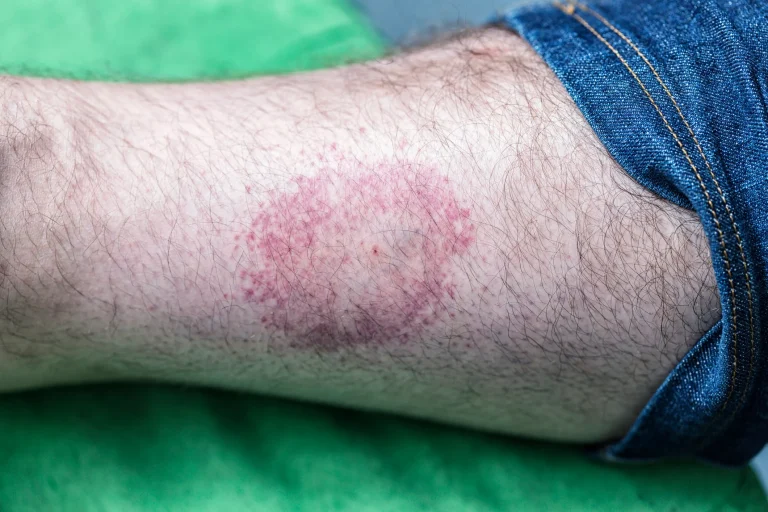Posted inArticles Health Blog
Unlocking Optimal Wellness: 8 Essential Health Tips for a Vibrant Life
Prioritizing your wellness has never been more essential. If you’re feeling overwhelmed by endless health advice online, take a breath, you’ve just found your clarity Understanding Optimal Wellness The World Health Organization defines optimal wellness as “a state of complete physical, mental and social well-being and not merely the absence of disease or infirmity.” Optimal wellness is a holistic approach to health, reflecting a state of wholeness where an individual functions well physically, mentally, socially,…






